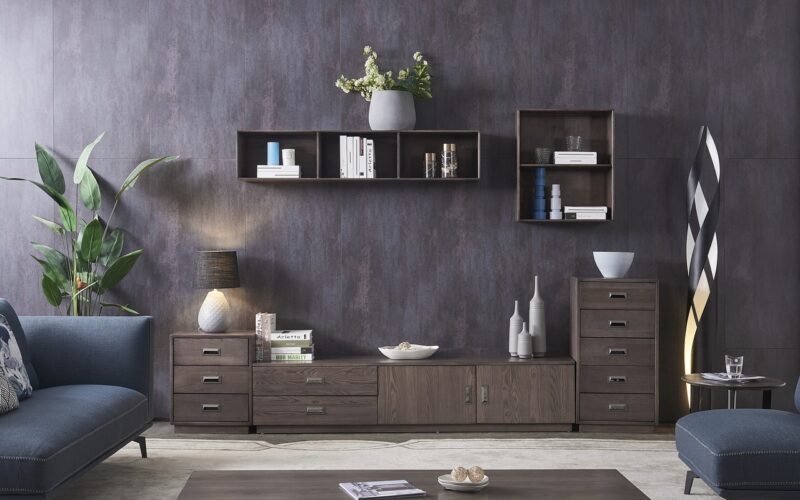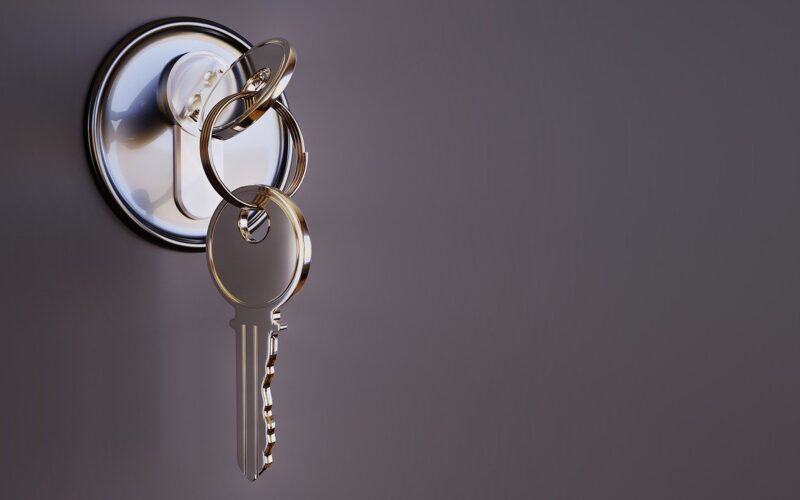Converting a home to make it accessible for wheelchair users requires a thoughtful approach focused on functionality, safety, and comfort. Such a renovation can significantly enhance the quality of life for individuals who use wheelchairs, allowing them to move around their home independently and with ease.
Understanding the needs of wheelchair users
The first step in any accessibility renovation is understanding the unique needs of wheelchair users. This involves considering the physical dimensions of wheelchairs and the manoeuvrability required in different areas of the home. For instance, doorways might need widening, and hallways should be clear of obstructions. Additionally, the height of fixtures such as light switches and countertops should be adjusted to accommodate someone seated in a wheelchair. By prioritising these needs, you ensure that all modifications serve a practical purpose.
Adapting the entrance and exit points
A crucial aspect of making a home wheelchair-friendly is adapting the entrance and exit points. Installing ramps instead of steps, or adding a lift where feasible, can make a significant difference. Ensure that the slope of ramps is gentle enough for easy access and that the surface material offers enough traction to prevent slipping. Additionally, consider automatic or remote-controlled doors to further ease the transition from outside to inside.
Transforming the interior space
Within the home, open-plan layouts often work best for wheelchair users, providing ample space for turning and moving. However, if you're working within an existing layout, focus on decluttering and rearranging furniture to create wider pathways. Flooring choices are also pivotal; smooth, hard surfaces like wood or laminate are usually preferable to thick carpets, which can impede wheelchair movement.
Designing accessible bathrooms
Bolton bathrooms pose specific challenges, but with the right modifications, they can become fully accessible. Consider looking for bathroom fitters Bolton with experience in accessibility renovations. Key features include walk-in showers with a seat, grab bars, and adjustable shower heads. Lowering the sink and installing lever-style taps can make a big difference, as can a strategically placed mirror angled for visibility from a seated position. If possible, widen the bathroom door to facilitate easier access. It's vital that a bathroom fitter Bolton is aware of all considerations when undertaking the conversion.
Kitchen modifications for independence
The kitchen should be a space where wheelchair users can operate independently. Consider lowering worktops and installing pull-out shelves for easy access to cupboards and storage. Appliances such as ovens and microwaves should be positioned at an accessible height. Opt for lever-handled taps and ensure that all areas of the kitchen are reachable without excessive stretching or bending.
Smart home technology
Finally, integrating smart home technology can play a vital role in enhancing accessibility. Automated systems for lighting, heating, and security can be controlled via smartphone or voice commands, reducing the need for physical interaction with controls that may be out of reach. Such innovations not only improve convenience but also contribute to a safer and more comfortable living environment.
Converting a home for wheelchair accessibility requires careful consideration and planning. From entrance modifications to interior adjustments, each change should focus on creating a space that is both practical and inclusive. With the right approach, a home can be transformed into a sanctuary of independence and comfort.












